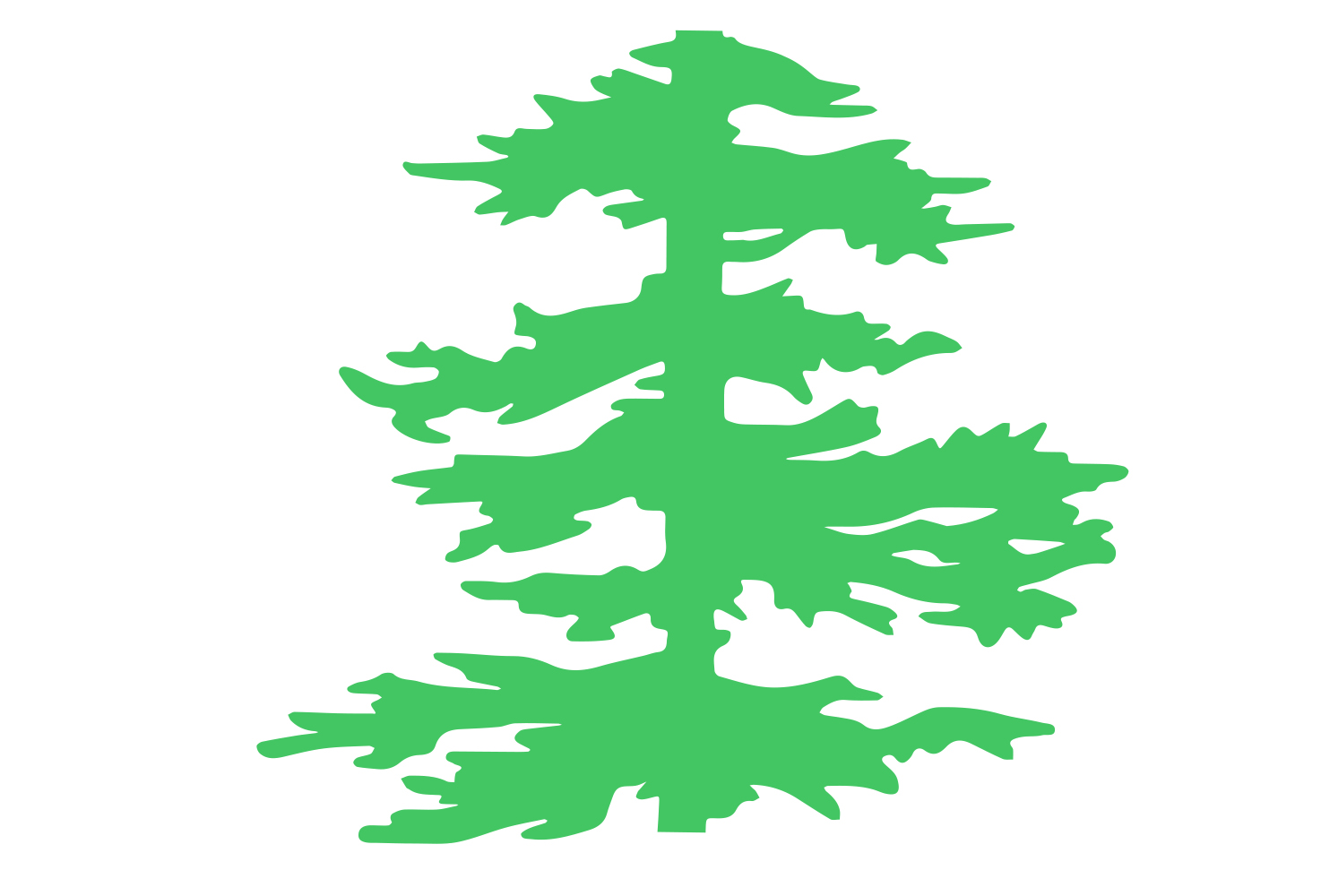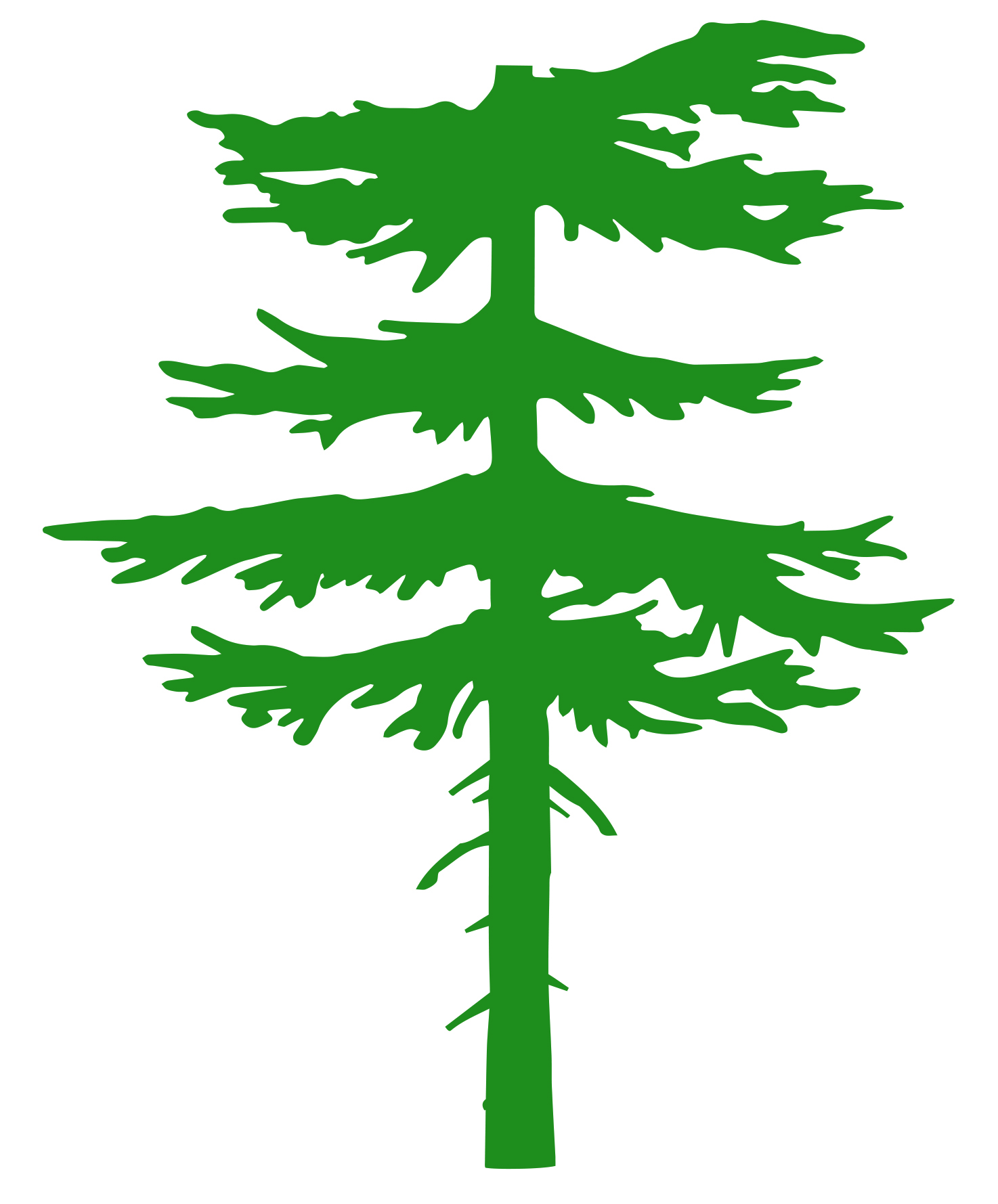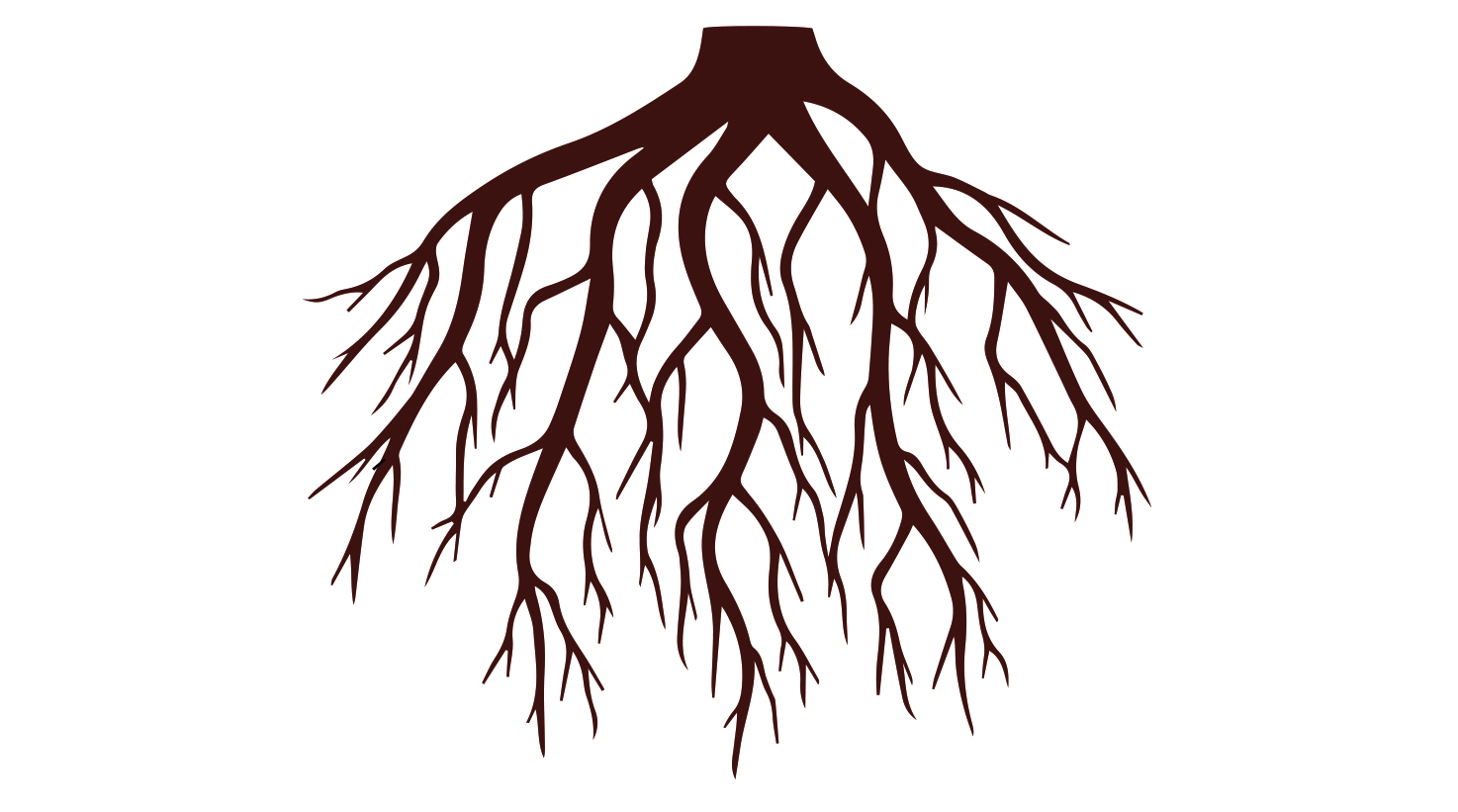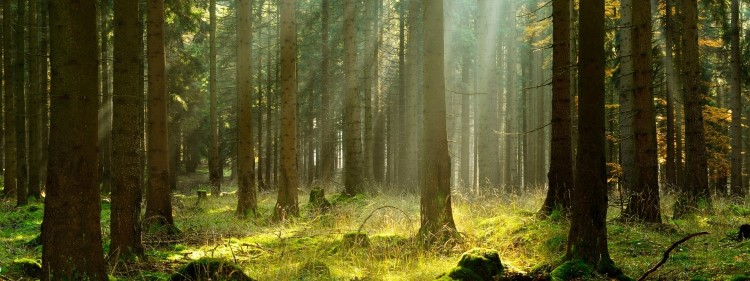At Moelven, we make a living from managing a renewable natural resource and we are committed to doing so in the best possible manner. By using the various parts of the tree for what they are best suited to and by using residual raw materials for the production of e.g. pellets and biofuels, we can fully utilise the resources of the forest.
Branches and tops

“The branches and tops (BROT) of the tree are used as biofuels and thereby help replace fossil fuels. This also has several benefits for forest owners. A lorry loadof BROT can heat four homes for one year. There is great potential to be found in this part of the tree and we are working to utilise this potential even more.”
Frida Axelsson, Production Manager, Forest Fuel, Moelven Skog
Read more: The impact of forestry on the climate
Pulpwood

“By processing pulpwood, the timber processing industry can create everything from hygiene products, paper and cardboard to clothing and animal feed. Pulpwood is of lower quality than saw timber and we therefore sell this part of the trunk to those who can best utilise it.”
Björn Johansson, General Manager, Moelven Skog
Read more: New life for sawdust from Moelven
Sawn timber

“Sawn timber is the raw material for wood products with a long service life and has great climate benefits. However, only half of a log is turned into timber. The rest becomes wood chips. By, among other things, using residual raw materials for the production of pellets, we can fully utilise the resources of the forest.”
Lars Storslett, Director, Moelven Virke
Read more: Investing in chips and in nature
Stumps and roots

“The stumps and roots are mostly left behind in the forest after felling. There, they provide homes for a variety of insects and fungi, often for several decades. They also help increase the carrying capacity of the land and bind it together.”
Jonas Karlsson, Head of Field Purchasing, Moelven Skog
Moelven and the UN Sustainable Development Goals
To ensure that our work on sustainability has clear direction and a global perspective, we have chosen to connect our four main areas to the UN’s Sustainable Development Goals. The article you’re now reading is linked to “Safeguarding natural resources” and sustainability goal #13 Climate action and #15 Life on land.
Read more about what the different goals mean to us here